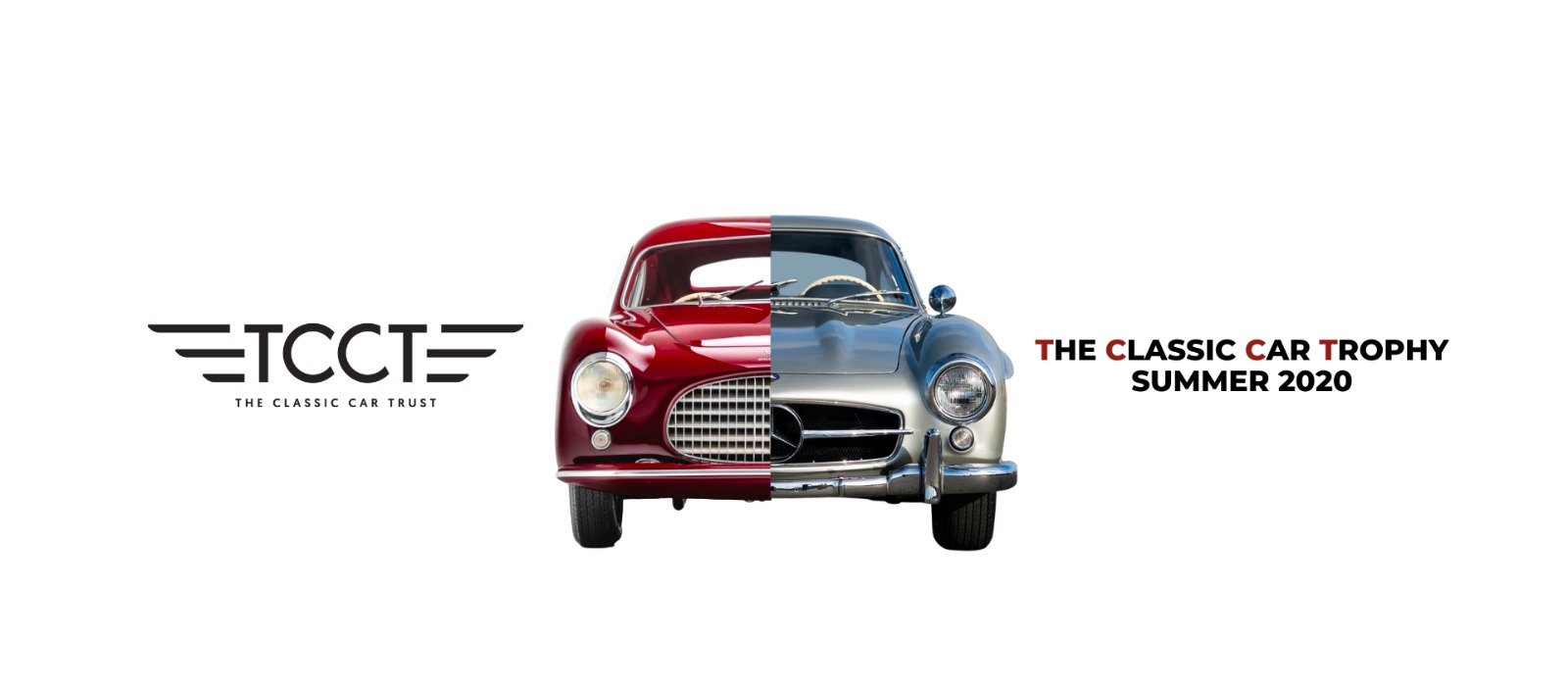Take part in The Classic Car Trophy on Instagram
01 August 2020 2 min read 8 images

It's time to give our fans a little fun! We want to take advantage of the month of August to present a game that will help us determine which is the most loved and admired classic car out there. A sort of Champions League with a series of knockout rounds. Cars chosen from our TCCT survey have been divided by ages. For each group, there is an instant knockout round between two cars. Then over the next few rounds, with cars drawn randomly which might be generous or cruel, we will arrive at the winner. On Instagram, every other day, we will publish your choices as well as the results of the previous encounter.
Register to unlock this article
Signing up is free and gives you access to hundreds of articles and additional benefits. See what’s included in your free membership. See what's included in your free membership.
Already have an account? Log In